Planning for Pasture is already off to a strong start. Our ambitious goal is to support grazing management efforts around Amboseli National Park. We’re doing this by working with local Grazing Management Committees (GMCs) to conserve grasslands at a scale that will benefit individual farmers.
Now that we’ve trained community leaders, we’re well underway with our newest program. Let’s take a look at how early lessons are already resonating with our 11 Grazing Management Committees.
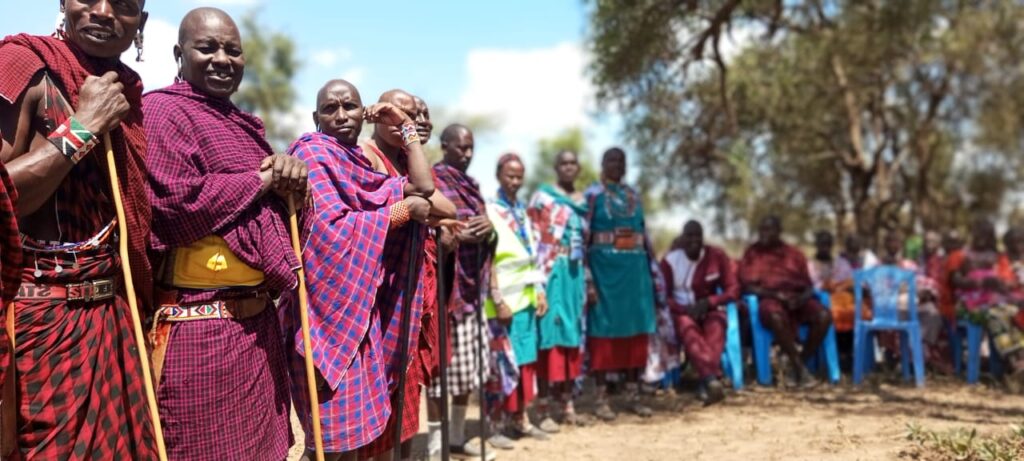
Community Development
When asked what communities needed from us, GMCs immediately mentioned motorcycles; they wanted to use the vehicles as a way to monitor farmers—who, consequently, hadn’t been trained in grazing management in any way. The first step we took, then, was to reinforce the idea of a community with one main goal: grass conservation to support cow health. Collectively, we decided that teaching GMCs to teach their communities’ farmers was a more important “need.”
The other difficulty we faced was trying to convince farmers that the work they were being asked to do would benefit them in the end. Individual farmers are just that—individuals—and, without knowing the plan, they were hesitant to work together. We used early meetings with these communities as a way to build a consensus for what everyone wanted to accomplish. GMCs, then, could go over their plans on how to manage the grass.
Water is Life Kenya’s (WILK) Co-Founder Joseph Larasha also brought up an important point for farmers to consider: “What are livestock for?” Often, Maasai consider cattle to be worth more than their own families, to the point where money would be used to support cows before anything else. But cows build income that will support their families, so farmers had to rethink their approach towards traditional husbandry.
We’ve managed to pass on a lot of information to many people during each meeting. Sometimes hundreds of people will show up to listen in and learn from WILK, Larasha, and the GMCs. More importantly, what tends to happen after our trainings is that what we teach is then shared with friends and families. The impact of these lessons travels far and wide, and we couldn’t be happier.
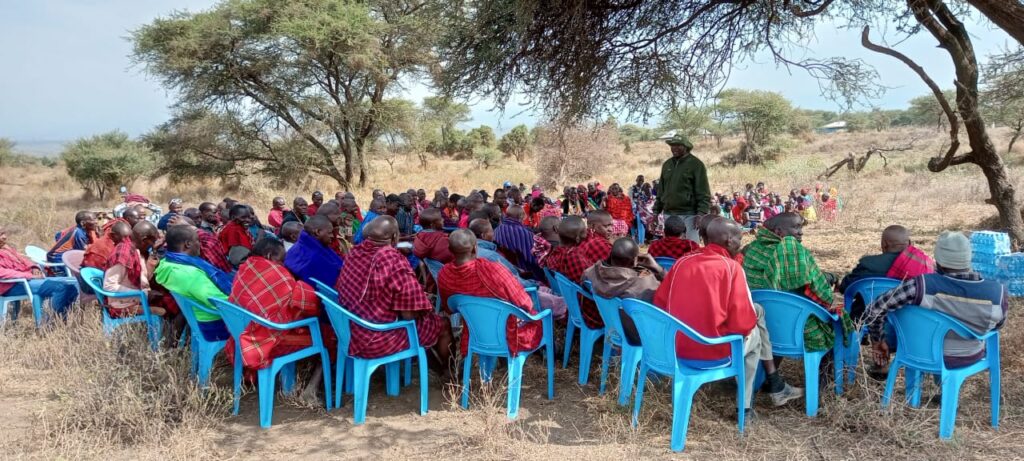
A Thousand Trained, Thousands to Go
Since donations started coming in, we’ve helped GMCs lead community trainings in Ogulului, Enkong’u Narok, Oloilalei, Loolakir, and Esiteti. In the last two weeks, we’ve trained over 1,000 farmers. We’ll train thousands more before the summer’s over.
For 11 years, WILK has been teaching livestock farmers how to run successful businesses and prevent losses when droughts come through our Livestock as a Business (LAB) program. During these community trainings, we’ve been sharing those same lessons about drought cycle management, buying and selling, and working together as a community. We’ve taken to calling this portion of the training “LAB Lite.”
People are seeing the vision, and they are jumping on board. Healthy grass means healthy livestock, stable family incomes, a robust, resilient ecosystem, strengthened wild animal herds, increased tourism, and more prosperity for the entire community.
We have so many people to thank for believing in us and our mission. We’re proud of the work we’ve done to help communities in Kajiado County, Kenya, but we’re not finished. We’ll continue to teach more communities about grass management and conservation over the rest of the summer months. And, hopefully, more Maasai will be ready when the next drought strikes—and will have the skills to keep their cows alive.
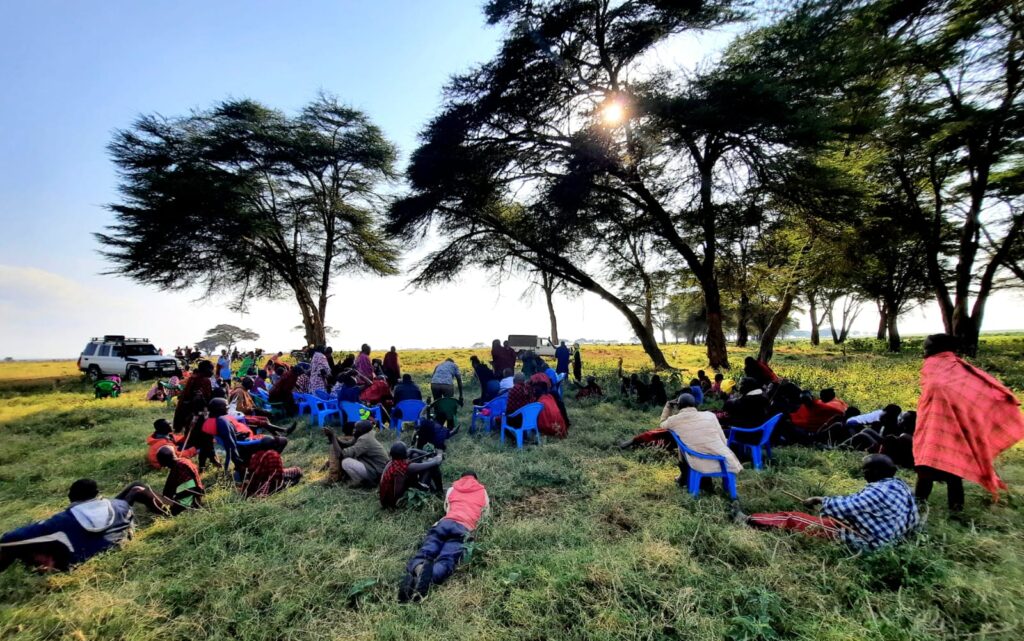
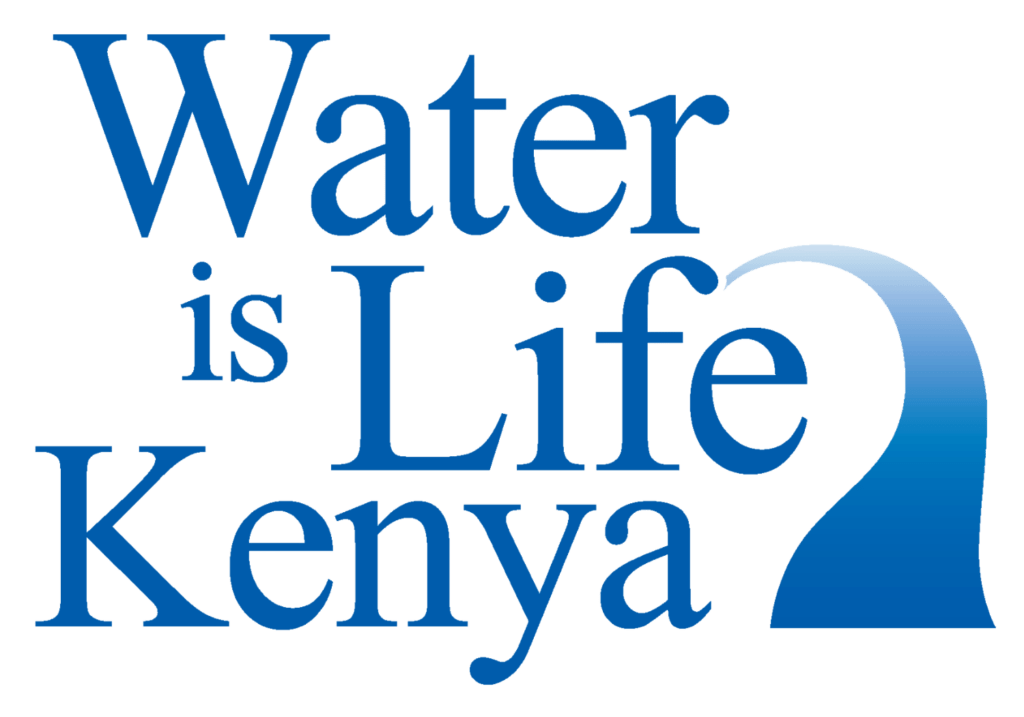
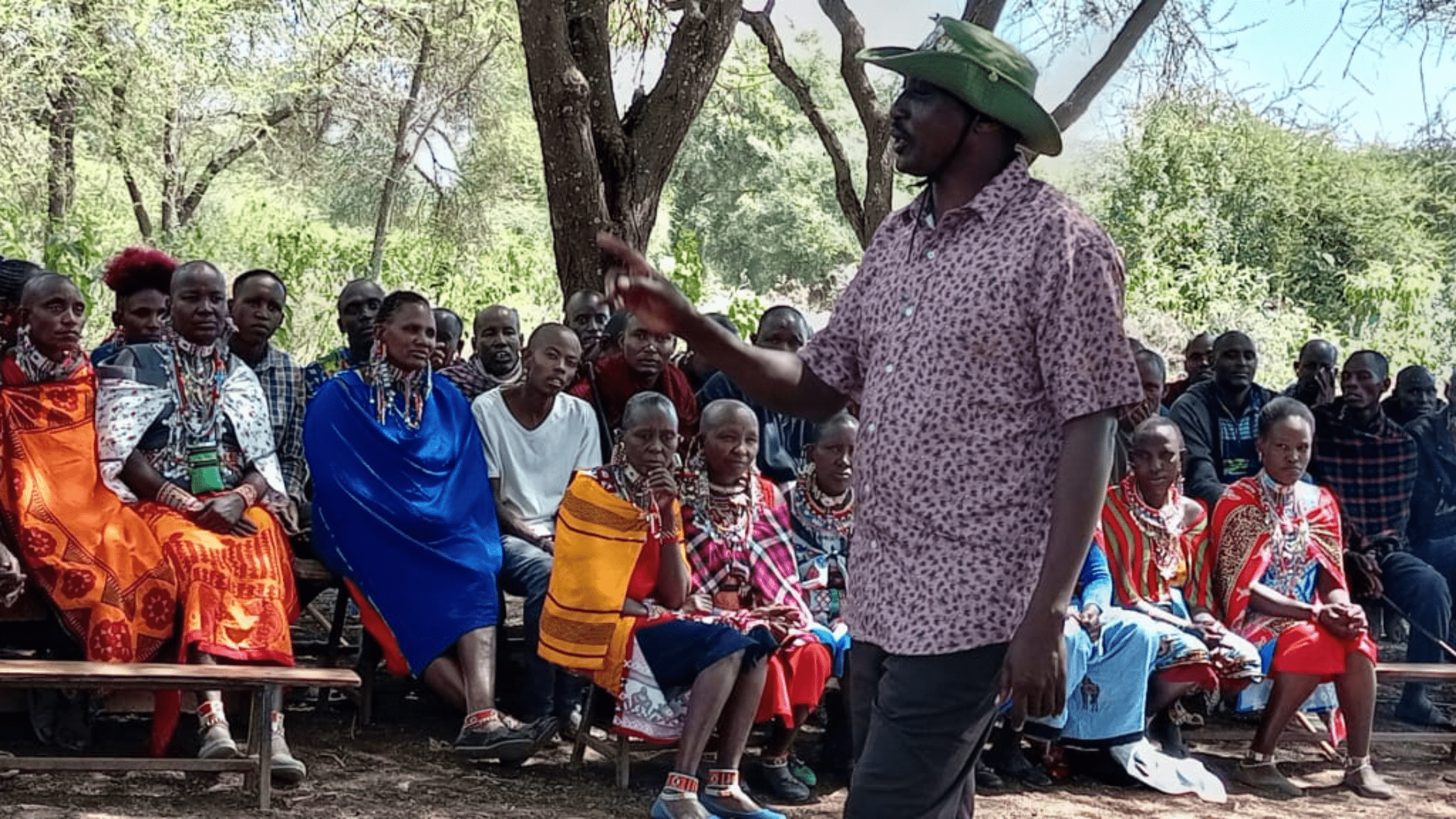
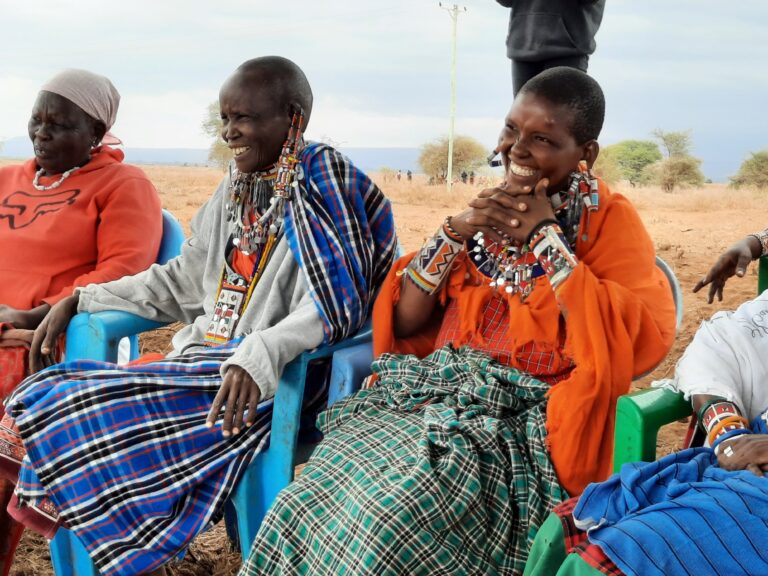
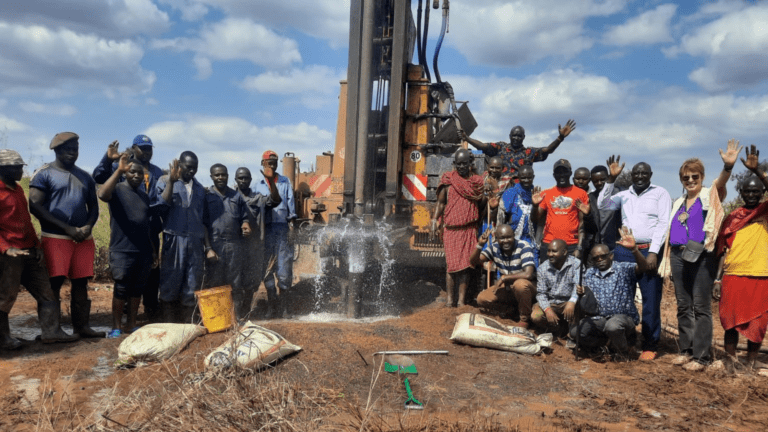
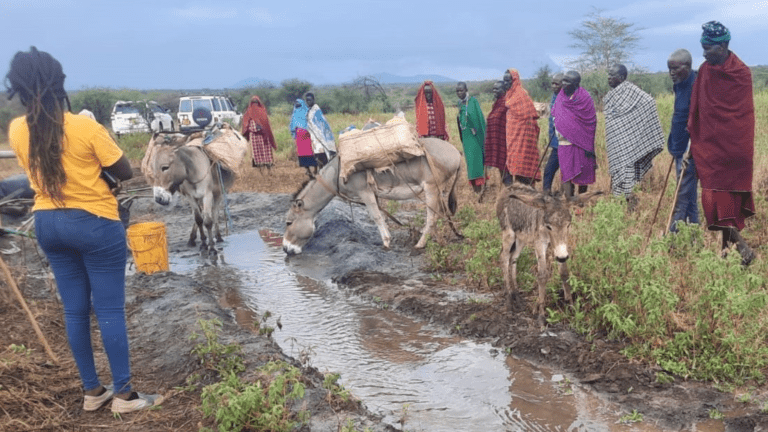

Pingback: Program Update: Livestock as a Business | Water is Life Kenya